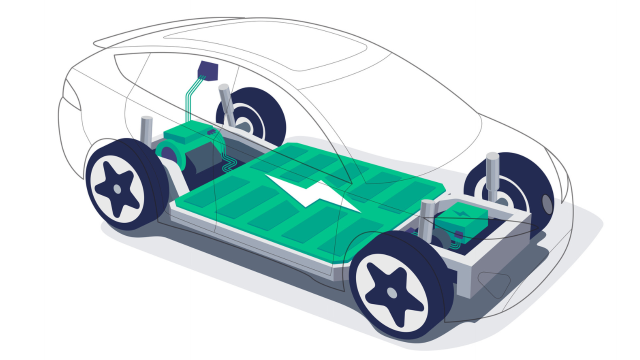The introduction of solid-state batteries (SSDs) has completely changed the energy storage environment in EV. SSBs are showing promise as a viable answer to the increasing demands on batteries for greater safety, efficiency, and energy density. This blog examines the development of solid-state batteries, their position at the moment, and the prospects for this innovative technology. Since the middle of the 20th century, solid-state batteries have been the subject of research.
But major breakthroughs weren’t achieved until the late 20th and early 21st centuries. Liquid electrolyte-based conventional lithium-ion batteries have dominated the industry for many years. Their limited energy density, relatively short lifespan, and safety issues such as flammability and leaking are among of their downsides, despite their extensive use.The idea behind SSBs is to use a solid electrolyte in place of the liquid electrolyte.

Solid State Battery Competition between EV
If all goes according to plan, SAIC will lead the way in the development of solid-state batteries for electric vehicles. When it comes to solid-state battery patents, Toyota is in the lead. Solid-state battery mass production is anticipated by 2030. BM, which intends to launch it with Neue Klasse EVs, feels the same way. An earlier target of 2028 has been set by Nissan, another Japanese automaker. Volkswagen’s collaboration with QuantumSpace may have allowed it to accomplish this goal sooner. In the shape of a prototype that promises to surpass expectations in areas like battery reliability, it has already showcased its work to the public.
Next year, Ola Electric’s vehicles will be powered by its own solid-state batteries because its Tamil Nadu factory has been chosen to participate in the battery production incentive program.
Ola Electric’s founder and chairman, Bhavish Aggarwal, stated that the company is developing solid-state batteries and anticipates using them in its cars by the upcoming year.
Ola’s S1 electric scooter is one of the most popular in India, and by early next year, Aggarwal anticipates that commercial manufacturing at its cell ‘gigafactory’ in Tamil Nadu would start. Solid-state batteries provide enhanced safety, an extended lifespan, and faster charging in contrast to conventional lithium-ion batteries, which contain flammable liquid electrolytes that may be dangerous in the event of an accident.
However, the availability of raw materials, the complexity of the production process, and the high cost of solid-state batteries make their widespread adoption challenging. Ola presently receives its cells from China’s Contemporary Amperex Technology and South Korea’s LG Energy Solution rather than producing its own commercially.
For testing purposes, Ola Electric has started producing the more efficient 4680 battery cells, nevertheless.